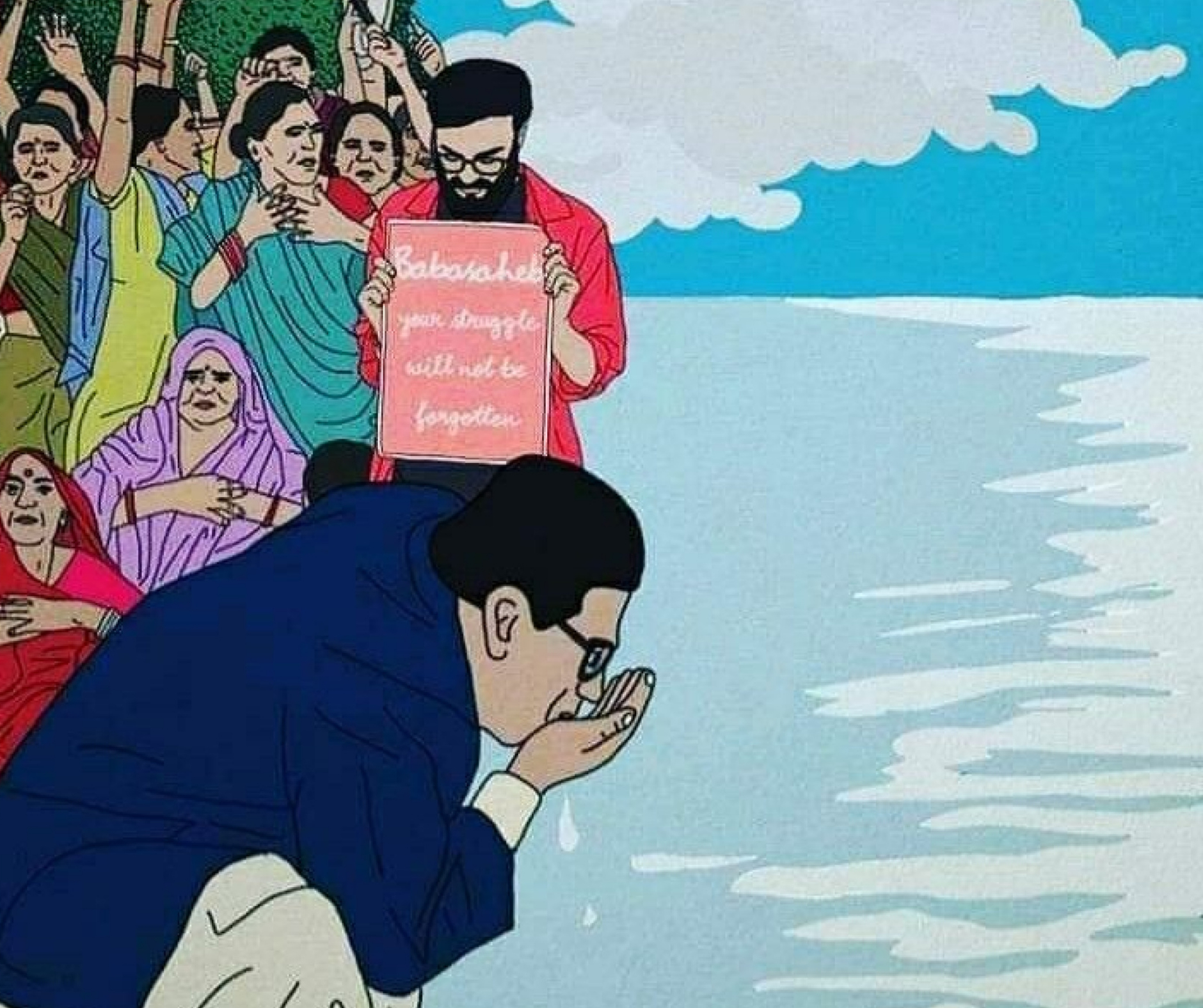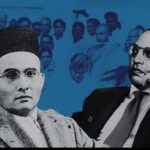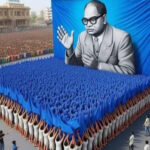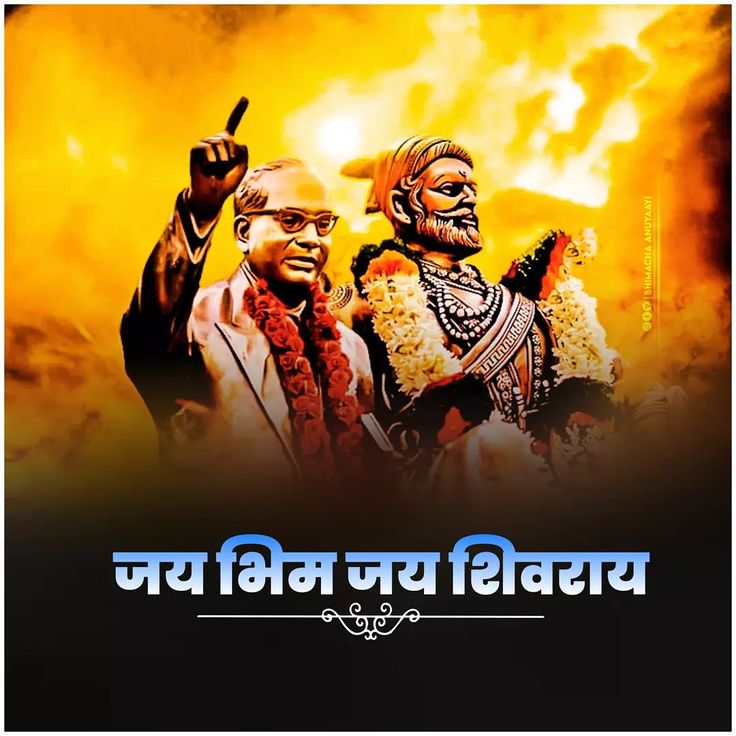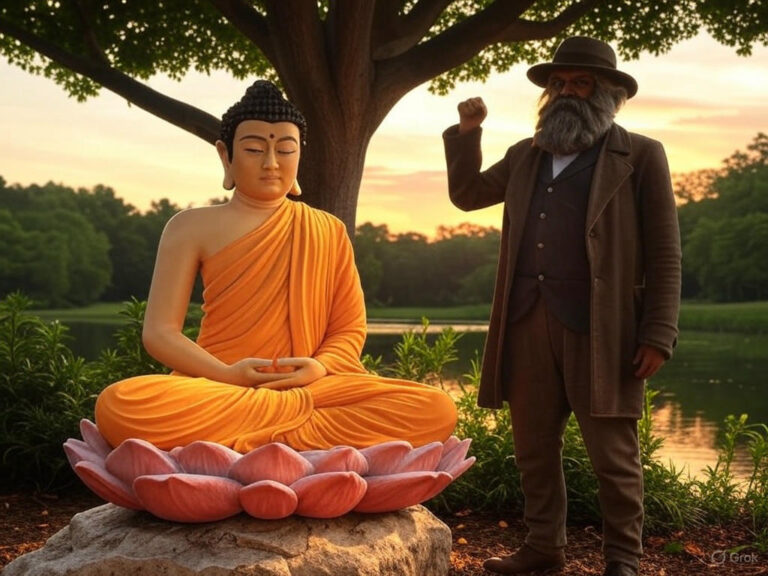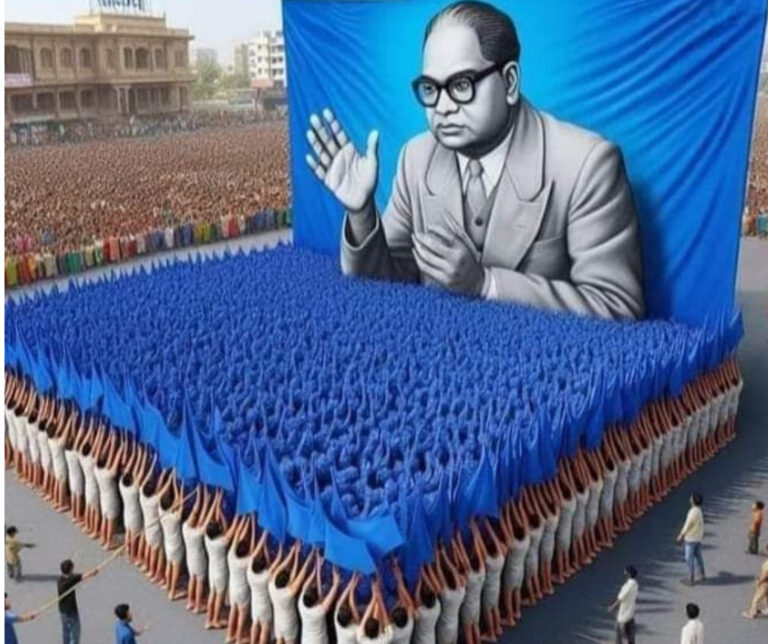A Day That Changed Everything
Imagine a hot March day in 1927. A man in a suit stands by a lake, surrounded by thousands of people—men, women, kids—all waiting. He bends down, cups his hands, and drinks the water. Simple, right? But that sip shook India. This was the Satyagraha at the Chavdar Lake in Mahad, led by Dr. B.R. Ambedkar—Babasaheb to us. It wasn’t just about water; it was about proving everyone’s equal.
Back then, Dalits—called “untouchables”—couldn’t touch public lakes or wells. Caste rules kept them out. On March 20, 1927, Ambedkar said, “No more.” He marched to Chavdar Lake in Mahad, Maharashtra, and drank—breaking a wall of hate. Want to know how to understand Ambedkar? Start here. Let’s dive into this story—what happened, why it matters, and what we can learn from Dr. Ambedkar today.
The Spark: Why Chavdar Lake?
Mahad is a small town in Raigad district, near the Savitri River. Chavdar Lake—meaning “tasty water” in Marathi—was the town’s heart. Everyone used it—except Dalits. If they tried, they’d be beaten or shunned. Why? Old caste ideas said they’d “pollute” it. Sounds unfair? It was.
In 1923, the Bombay Legislative Council passed a rule—public places like lakes should be open to all. Mahad’s council agreed in 1924, but upper-caste Hindus blocked it. They’d rather die than share. By 1927, Ambedkar had enough. He’d seen this pain since childhood—born a Dalit in Mhow, he couldn’t even sit in class. Now a big lawyer, he decided to fight—not with fists, but with truth. That’s Satyagraha—peaceful protest.
The Day: March 20, 1927
Picture this: March 19, 1927. Over 10,000 people gather in Mahad for a conference by Ambedkar’s group, Bahishkrit Hitkarini Sabha. They’re Dalits, ready to hear their leader. Ambedkar speaks, his voice steady: “We’re not here just for water. We’re here to show we’re human too.” That’s the summary of his speech at Mahad—short, but deep.
The next morning, March 20, they march. Men in dhotis, women in saris, kids holding hands—2,500 strong—walk through Mahad’s streets to Chavdar Lake. Ambedkar drinks first. Then thousands follow, scooping water in their palms. It’s quiet but loud—a revolution without a shout. Upper castes watch, angry. Hours later, they attacked—20 were hurt badly (says historian Dhananjay Keer). They “purify” the lake with cow urine, saying it’s dirty now. But the seed’s planted.
Who Led Mahad Satyagraha?
Who led Mahad Satyagraha? Dr. B.R. Ambedkar, no question. Born in 1891, he faced hate but rose, studying in Bombay, America, and England. By 1927, he was a scholar and fighter. He didn’t just leadhe inspired. Surendranath Tipnis, Mahad’s municipal head, helped too, inviting Ambedkar. But it’s Babasaheb’s name we chant, Jay Bhim, because he turned a lake into a symbol.
How to understand Ambedkar here? See his guts. He knew the risk—violence, jail—but went anyway. He told Dalit women, “Wear saris like others.” They did, helped by upper-caste allies like Lakshmibai Tipnis. It wasn’t just water; it was dignity.
The Second Round: December 1927
The fight didn’t end. Upper castes sued Ambedkar, saying the lake was theirs. He planned another Satyagraha for December 25, 1927. Over 3,000 came. But a court order stopped them from drinking again. What did Ambedkar do? He burned the Manusmriti—a book of old caste rules—calling it slavery’s root. Flames rose, and so did hope. On December 25, 1937, the Bombay High Court ruled that the lake’s public. Ambedkar won.
What Was the Impact of Mahad Satyagraha?
The impact? Huge. First, it woke the Dalits up. Before, they took the hate quietly. After Mahad, they fought peacefully but firmly. It’s called the “foundational event” of the Dalit movement
Second, it shook caste. Upper castes couldn’t stop the truth—laws like Article 17 (banning untouchability) owe Mahad a nod. Third, it spread. By 1940, Ambedkar called March 20 “Empowerment Day”—still celebrated. What can we learn from Dr. Ambedkar? Courage changes things.
Voices of the Day: What They Said
Ambedkar’s speech at Mahad wasn’t long, but it cut deep: “The caste Hindus stop us not because the water will vanish, but because they don’t want us to be equal.” Simple, right? He hit the core dignity, not just thirst. A Dalit woman, Shantabai, spoke too: “We’ll wear saris and walk tall.” Upper-caste attackers later whined, “They’ve spoiled our lake” but history laughed.
Mahad Today: A Living Memory
In 2025, Mahad’s alive with this story. Every March 20, lakhs visit Chavdar Lake—blue flags, Jay Bhim chants, and prayers by Buddhist monks. The Kranti Stambh stands tall, marking the 1927 Manusmriti burning. Posts on X in 2025 call it “India’s Selma” (like Martin Luther King’s march). But caste lingers—15 attacks in Rajasthan in 2023 show it. Ambedkar’s fight isn’t done.
What Can We Learn From Dr. Ambedkar?
How to understand Ambedkar? Look at Mahad. He taught us:
- Stand Up: Peaceful protest beats hate—Mahad proved it.
- Unite: Thousands marched as one strength in numbers.
- Dream Big: From a lake to the Constitution, he aimed high.
Today, with 20% of rural kids dropping out (2024 data), his words echo: educate, fight, build. That’s what we can learn from Dr. Ambedkar—start small, win big.
Conclusion: A Sip of Freedom
The Satyagraha at the Chavdar Lake in Mahad wasn’t about thirst—it was about rights. On March 20, 1927, Ambedkar didn’t just drink water; he poured hope into millions. It’s why we say Jay Bhim—a cheer for a man who made us see our worth. In 2025, as India grows, Mahad reminds us that equality is a fight worth having. So, what’s your Chavdar Lake? What will you stand for? Ambedkar is waiting for your answer.
FAQ:
- Who Led Mahad Satyagraha?
Dr. B.R. Ambedkar led it, with help from allies like Surendranath Tipnis. He was the brain and heart. - What Is the Summary of Speech at Mahad by Ambedkar?
Ambedkar said on March 19, 1927: “We’re here to prove we’re human, not just for water. This is about equality.” Short, strong, and clear. - What Was the Impact of Mahad Satyagraha?
It sparked the Dalit movement, broke caste barriers, inspired laws like Article 17, and made March 20 Empowerment Day.
